Blog
-

Düşnüksiz turba-ERW polat turbanyň önümçilik usuly
Gyzgyn rulonly turbalar, adatça, awtomatiki turba togalanýan enjamlarda öndürilýär. Surfaceerüsti kemçilikleri barlandan we aýyrandan soň, gaty turbanyň boş bölegi zerur uzynlyga bölünýär, turbanyň boş galan ýüzüne jemlenýär, soňra ýyladyş peçine ýyladylýar we deşiji maşyna deşilýär. Rolik bilen ahyryna täsir edip, deşikleri deşmek prosesiniň içinde gaty boş aýlaň we öňe sürüň. Soňra gaty boş ahyrsoňy umumy turba diýlip atlandyrylýan çukur. Aýlanmagyny dowam etdirmek üçin awtomatiki turba togalanýan maşyna iberiň. Ahyrynda, diwaryň galyňlygy deňleşdiriji maşyn bilen sazlanýar we ululygy spesifikasiýa talaplaryna laýyk ölçeg enjamy bilen ölçelýär. Üznüksiz togalanýan degirmenleri ulanyp, gyzgyn togalanýan polat turbalary öndürmek üçin has ösen usul.Koprak oka -
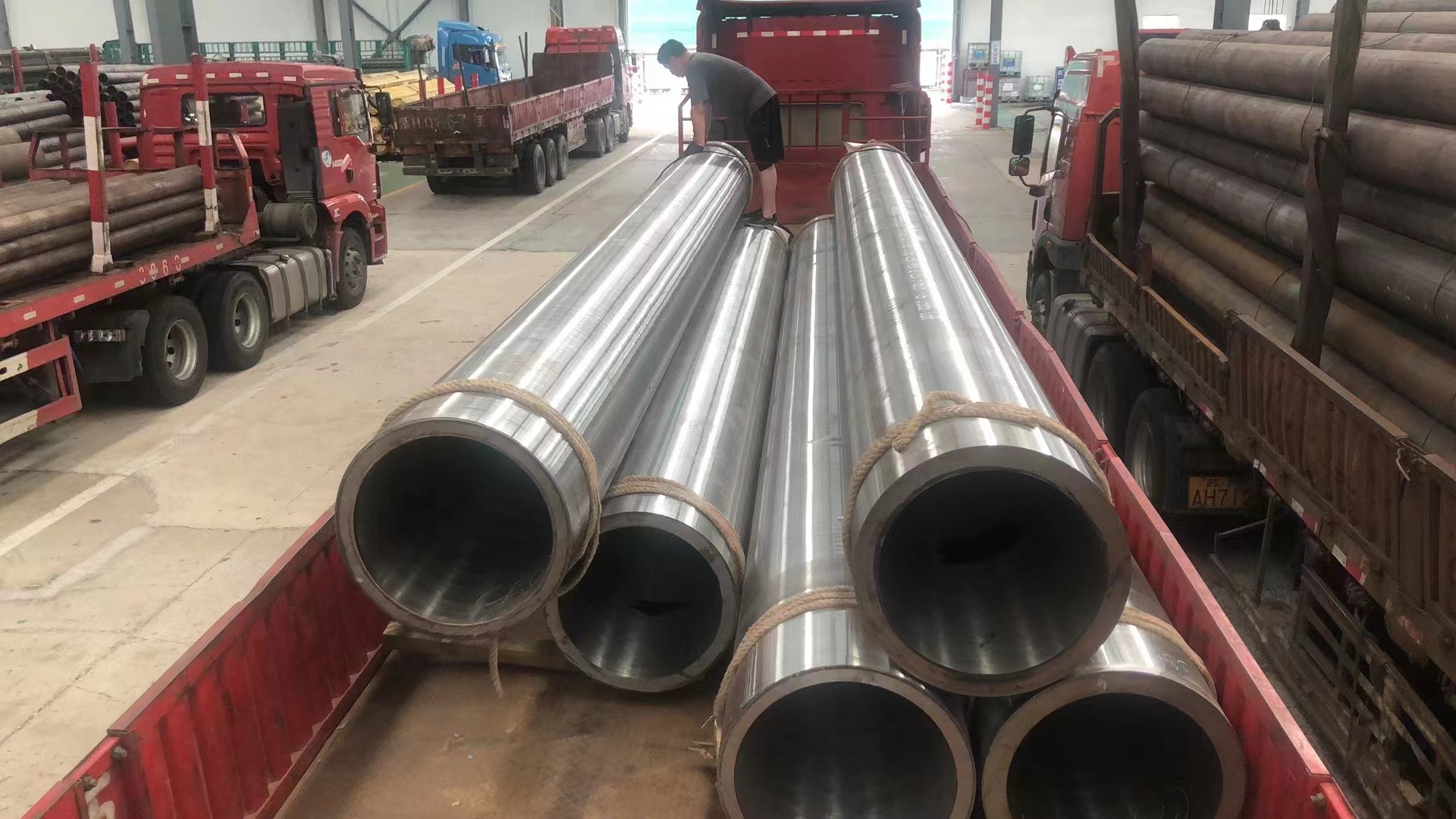
Stainless Steel Pipe and Tube Manufacturing Process-ERW Steel Pipe
In the nineteenth century, rolling mill technology was the only technique used to manufacture stainless tubes and pipes for industrial purpose. This rolling technique involved long procedures. The rolled strips of sheet were formed into a circular cross section with the help of funnel rolls. The lap welding was then done on these rolled strips through the forge welding process.Thankfully with the advent of development and technology, various processes came into existence for the manufacturing of stainless tubes and pipes in India. Now-a-days, stainless steel pipes and tubes are manufactured with continuous tube mill using multitorch tungsten Inert gas. The filler metal or forge welding process is not used in this technique.Koprak oka -
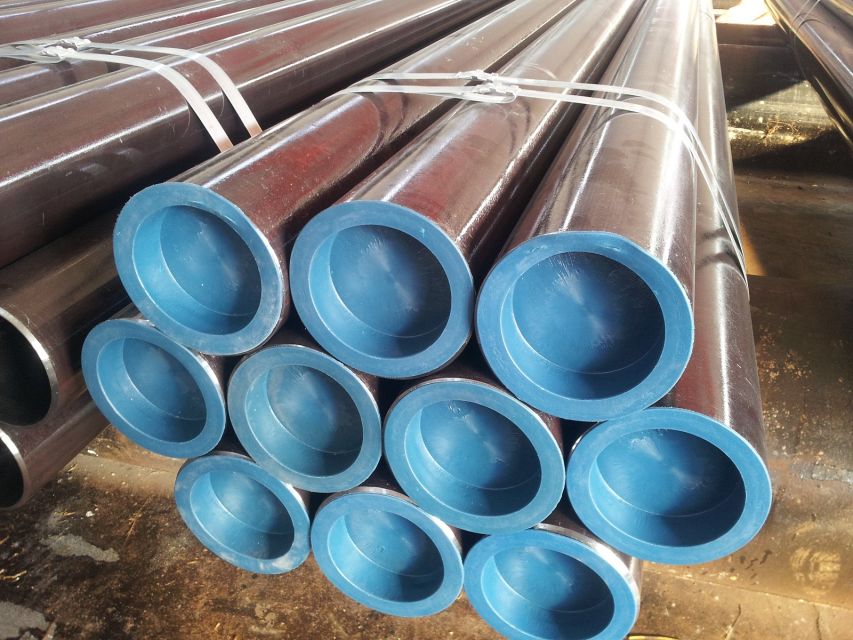
The First Methods for Producing Steel Pipe -Welded Steel Pipe
Steel pipes are long, hollow tubes that are used for a variety of purposes. They are produced by two distinct methods which result in either a welded or seamless pipe. In both methods, raw steel is first cast into a more workable starting form. It is then made into a pipe by stretching the steel out into a seamless tube or forcing the edges together and sealing them with a weld. The first methods for producing steel pipe were introduced in the early 1800s, and they have steadily evolved into the modern processes we use today. Each year, millions of tons of steel pipe are produced. Its versatility makes it the most often used product produced by the steel industry.Koprak oka -
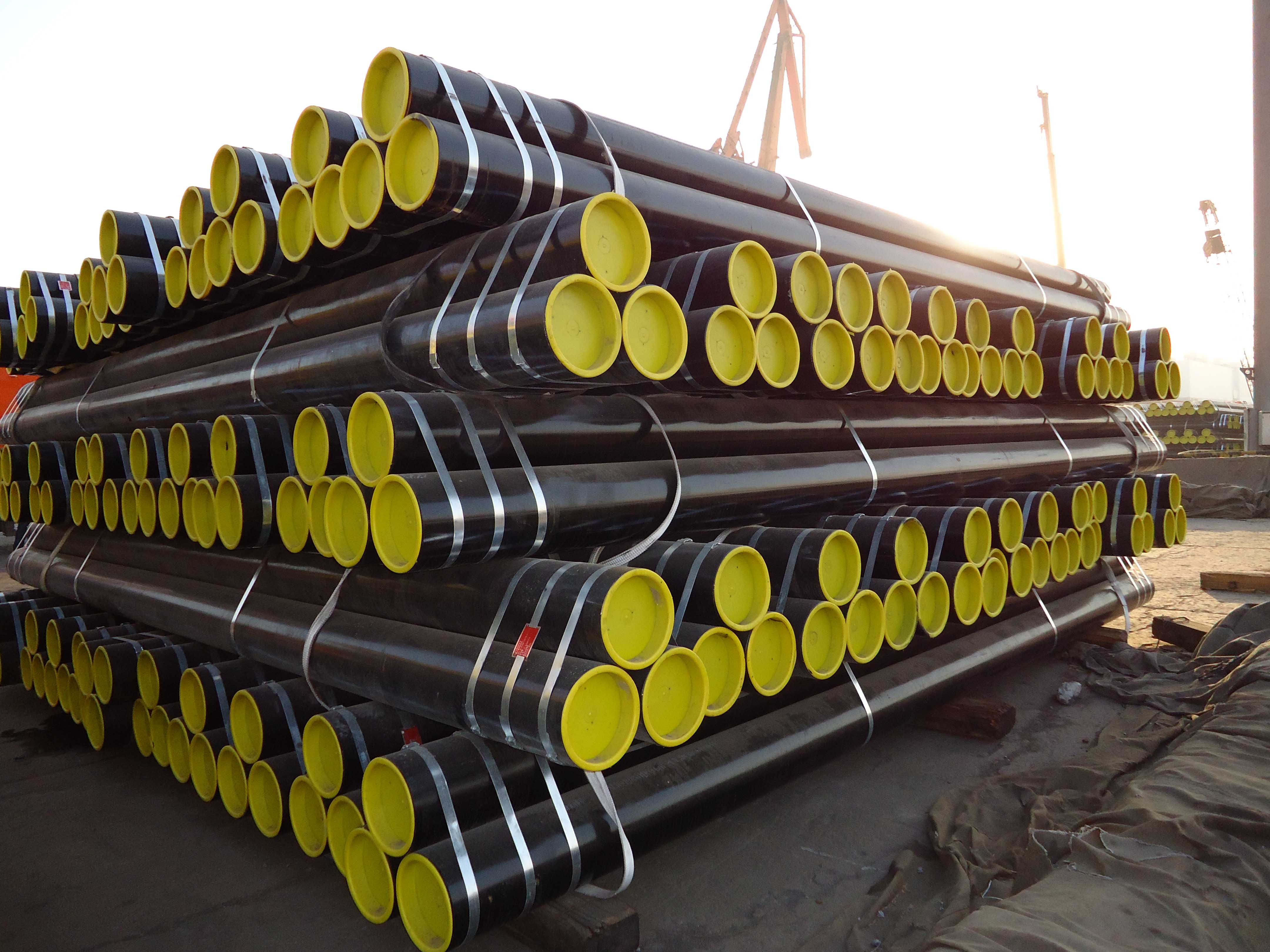
What are the production processes for LSAW steel pipes?-ERW Steel Pipe
The advent of rolling mill technology and its development during the first half of the nineteenth century also heralded in the industrial manufacture of tube and pipe. Initially, rolled strips of sheet were formed into a circular cross section by funnel arrangements or rolls, and then butt or lap welded in the same heat (forge welding process).Toward the end of the century, various processes became available for the manufacture of seamless tube and pipe, with production volumes rapidly increasing over a relatively short period. In spite of the application of other welding processes, the ongoing development and further improvement of the seamless techniques led to welded tube being almost completely pushed out of the market, with the result that seamless tube and pipe dominated until the Second World War.During the subsequent period, the results of research into welding technology led to an upturn in the fortunes of the welded tube, with burgeoning development work ensuing and wide propagation of numerous tube welding processes. Currently, around two thirds of steel tube production in the world are accounted for by welding processes. Of this figure, however, about one quarter takes the form of so-called large-diameter line pipe in size ranges outside those which are economically viable in seamless tube and pipe manufacturing.Koprak oka -
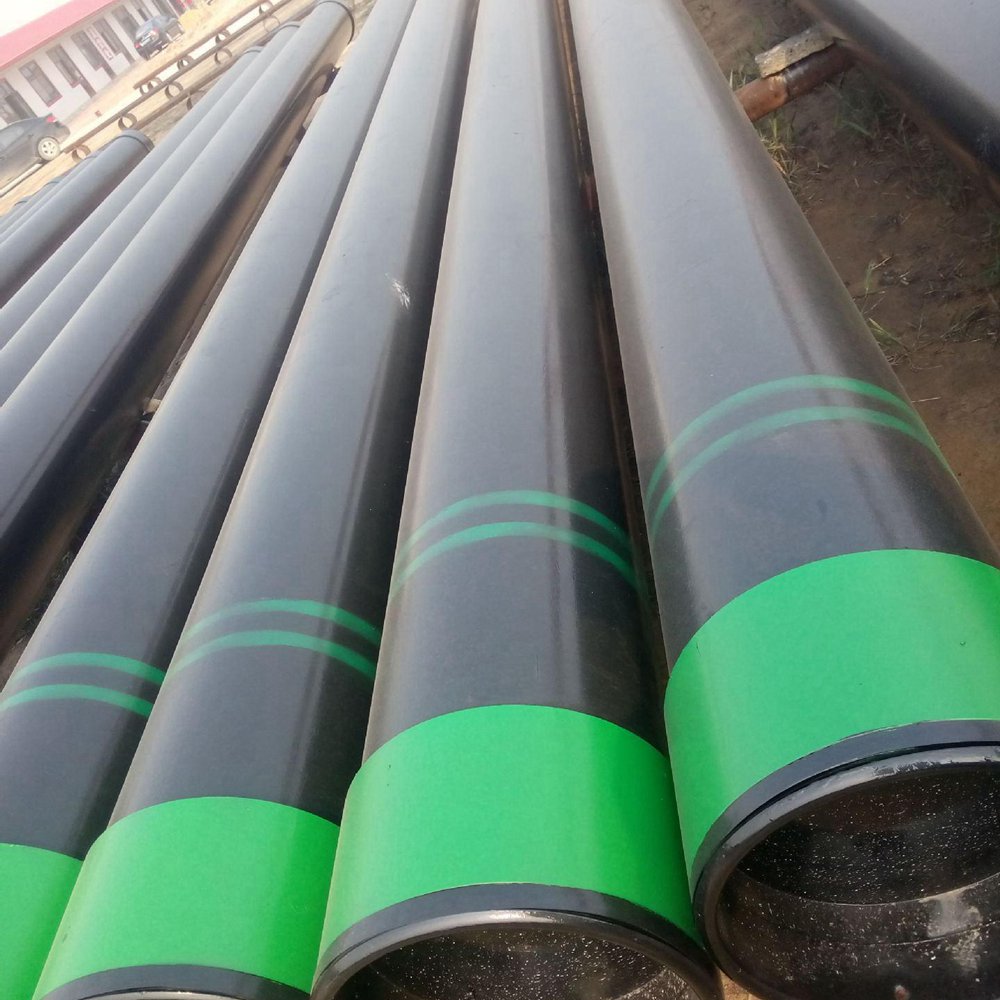
The Types Of Steel Pipes-Stainless steel pipe
A steel pipe is steel with a hollow section and its length is much greater than its diameter or circumference. There are many steel grades and specifications of steel pipe products, and their performance requirements are also various. All these should be differentiated according to user requirements or changes in working conditions. Generally, steel pipe products are classified according to cross-sectional shape, production method, pipe material, connection method, plating characteristics, and use.Koprak oka -

A Brief History of Steel Pipe-
Steel pipes are long, hollow tubes that are used for a variety of purposes. They are produced by two distinct methods which result in either a welded or seamless pipe. In both methods, raw steel is first cast into a more workable starting form. It is then made into a pipe by stretching the steel out into a seamless tube or forcing the edges together and sealing them with a weld. The first methods for producing steel pipe were introduced in the early 1800s, and they have steadily evolved into the modern processes we use today. Each year, millions of tons of steel pipe are produced. Its versatility makes it the most often used product produced by the steel industry. Steel pipes are found in a variety of places. Since they are strong, they are used underground for transporting water and gas throughout cities and towns. They are also employed in construction to protect electrical wires. While steel pipes are strong, they can also be lightweight. This makes them perfect for use in bicycle frame manufacture. Other places they find utility is in automobiles, refrigeration units, heating and plumbing systems, flagpoles, street lamps, and medicine to name a few. People have used pipes for thousands of years. Perhaps the first use was by ancient agriculturalists that diverted water from streams and rivers into their fields. Archeological evidence suggests that the Chinese used reed pipe for transporting water to desired locations as early as 2000 B.C. (Francis, 2009)Development of the modern day welded steel pipe can be traced back to the early 1800s.Koprak oka -
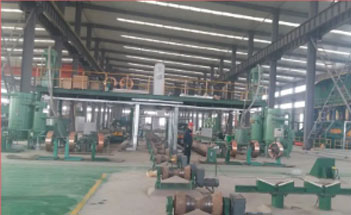
The Production Process of High Quality Stainless Steel Tube- Welded Steel Pipe
Floating/Drawing process of pulling a metal bar, rod, or wire through the whole of a die to alter its finish, shape, size, and/or mechanical properties. The tube drawing technique reduces the outer diameter, inner diameter, and wall thickness of the tube. The integrity of the surface of the tube is maintained, ideal for stainless steel tubes.Koprak oka -
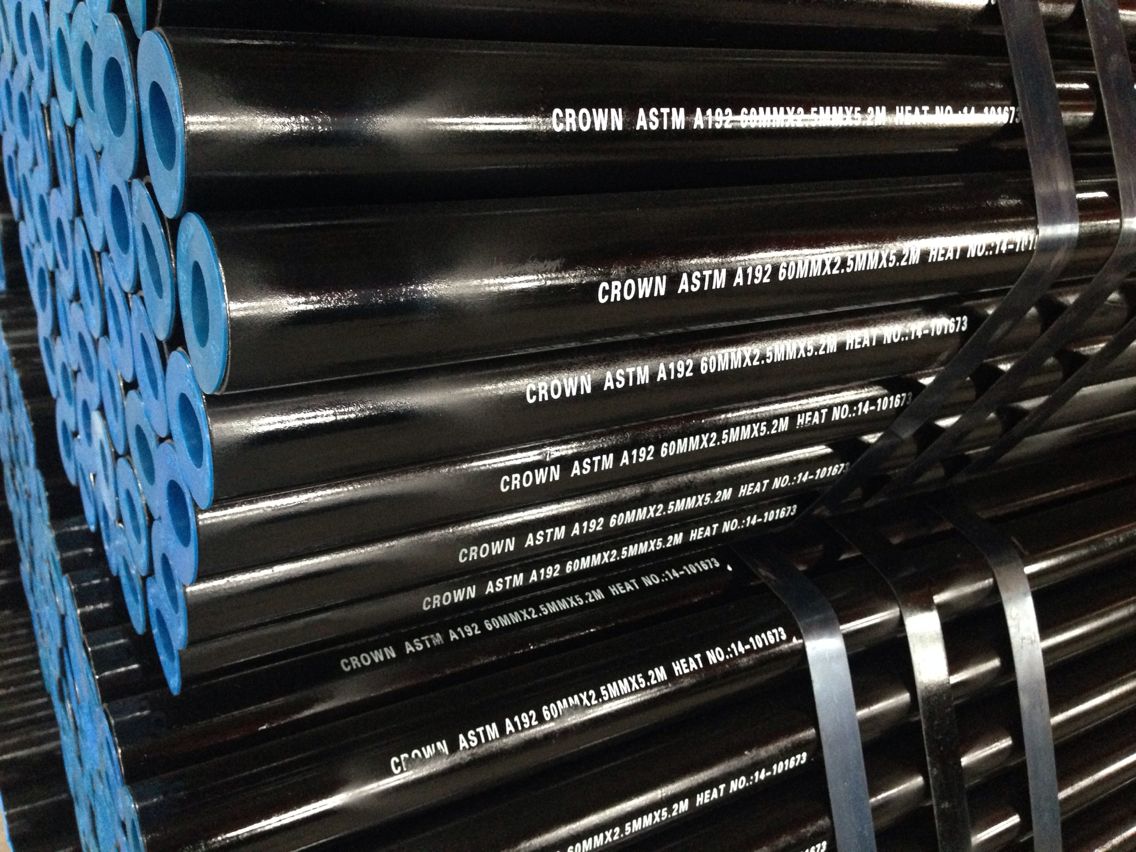
Bending steel and stainless steel tubes and pipes-Stainless steel pipe
The commonest manufacturing process used for steel and stainless steel tubes uses coils. Coils are rolls of steel cut from a slab that has been manufactured from cast steel. During the first phase of steel tube production, the coils are cut lengthways to form wide skelps matching the diameter of the steel tube that needs to be manufactured.These skelps then pass through a series of rolls. The final step is to weld the tube together along its long edge.This process can be used to manufacture round, square or rectangular tube sections. With the help of matrices, various types of steel sections can be manufactured from a wide range of basic geometric shapes.Koprak oka -
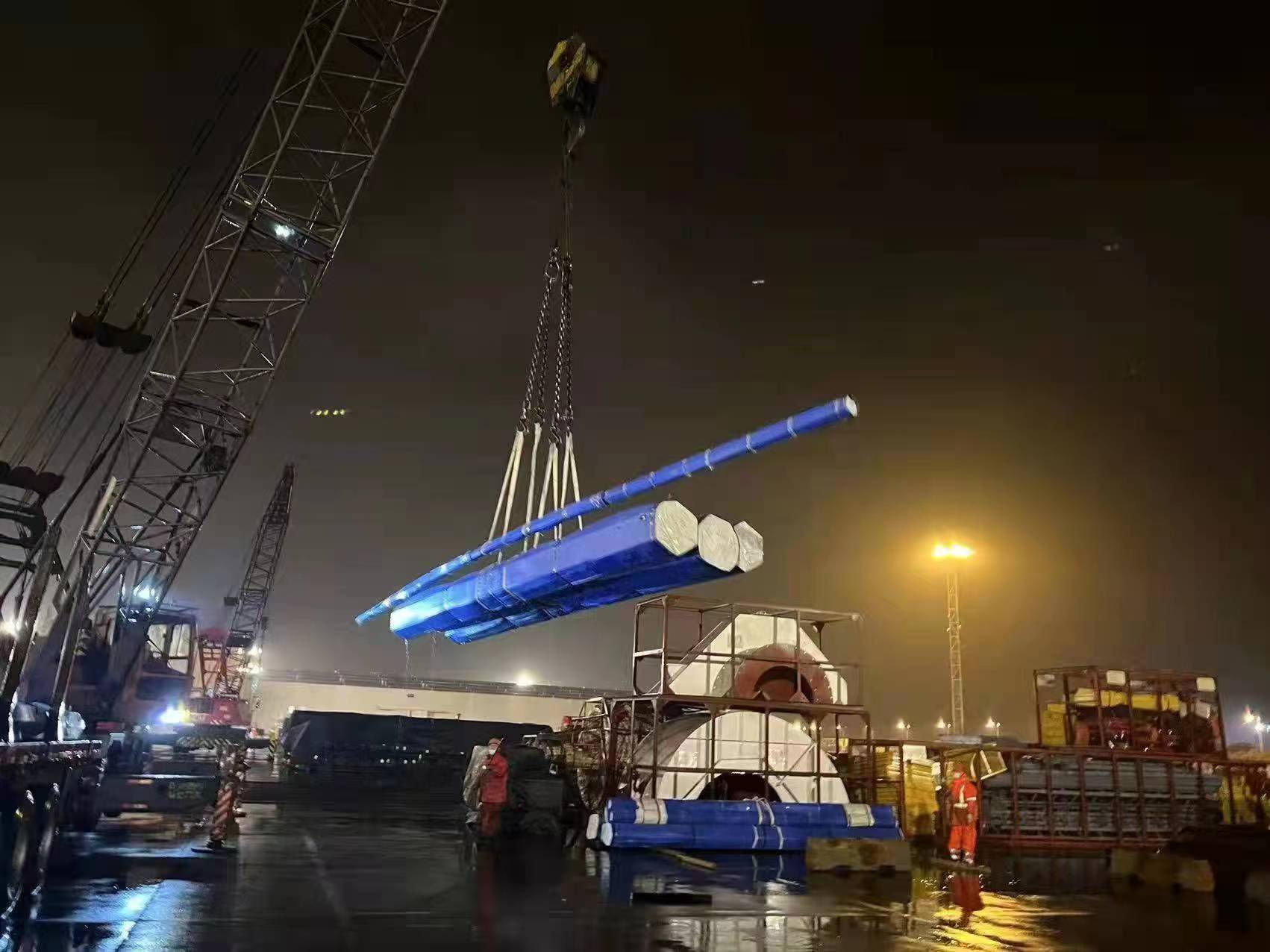
WHAT'S THE DIFFERENCE BETWEEN STEEL PIPES AND STEEL TUBES?-ERW Steel Pipe
Steel pipe has been produced in the US since the early 1800s. Pipe is a hollow section with a round cross-section, primarily made for the transportation of products including fluids, gas, pellets, powders, and more. But steel pipes are used in a variety of ways. They are used underground for transporting water and gas throughout cities and towns. They are also specified in construction to protect electrical wires. Steel pipes can be strong, but lightweight. This makes them great for bicycle frames. They are also used in the making of parts for automobiles, refrigeration units, heating and plumbing systems, flagpoles and street lamps, just to name a few.Koprak oka